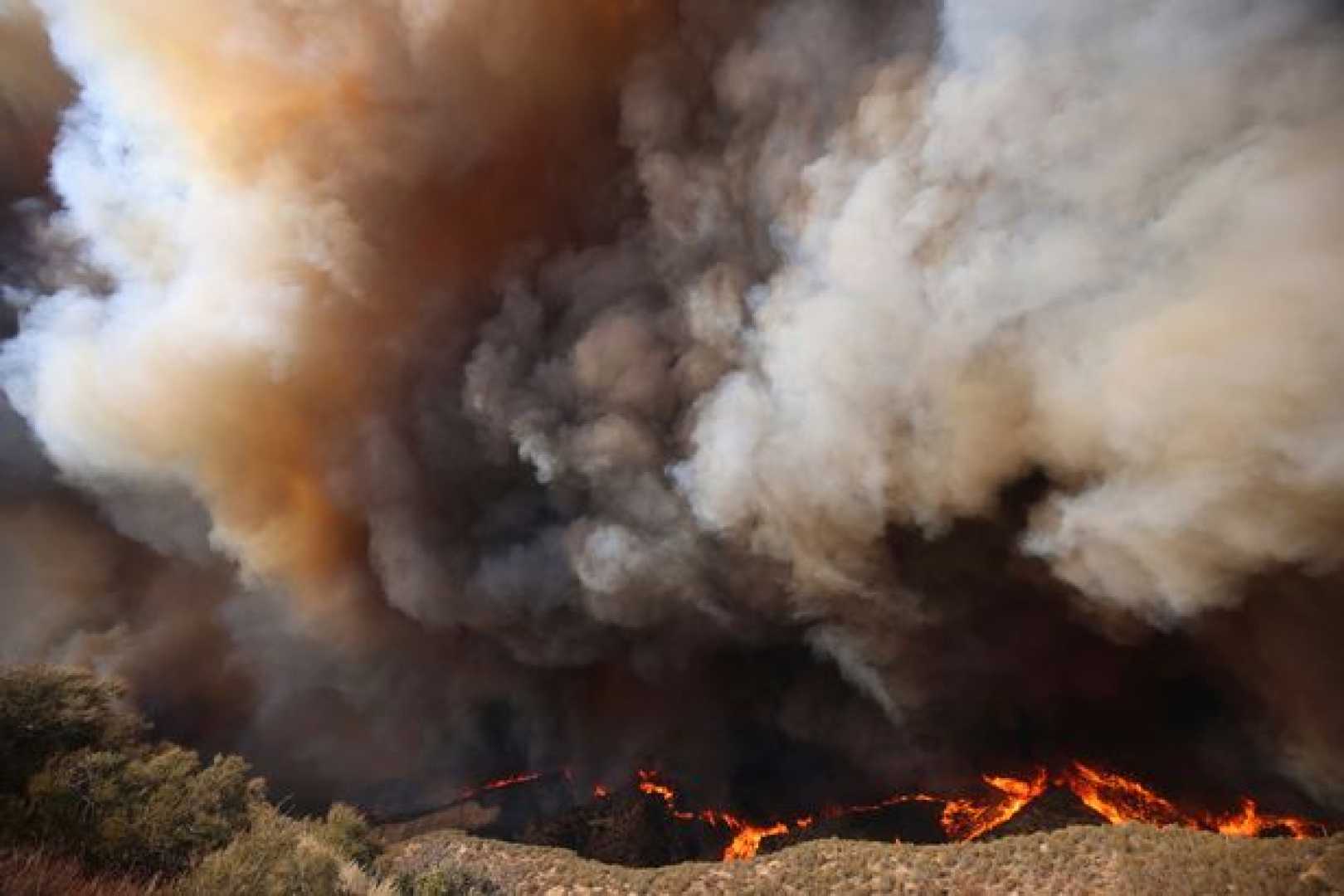News
California’s Hughes Fire Forces Mass Evacuations Amid Dangerous Conditions

LOS ANGELES, Calif. — Firefighters are battling the fast-growing Hughes Fire in southern California, which has expanded to over 10,000 acres and forced tens of thousands of evacuations. The blaze, located 45 miles north of Los Angeles, is one of several wildfires ravaging the state, with authorities warning that Thursday poses the greatest risk due to powerful winds and dry conditions.
The National Weather Service issued a red-flag warning for Los Angeles and Ventura counties, predicting dangerous fire weather through Friday. “Any fire that starts can grow fast and out of control,” an advisory stated. Over 31,000 people were evacuated Wednesday as flames and smoke engulfed the Castaic Lake area, threatening residential neighborhoods and schools.
Winds blowing at 20-30 mph have complicated firefighting efforts, with the potential to intensify and hinder air operations. Climate change has exacerbated the crisis, creating tinder-dry vegetation that fuels rapid fire spread. “We don’t have a fire season in California. We have a fire year,” said Dana Dierkes, a spokesperson for the Angeles National Forest. “The wind is a huge factor when we’ve had such a dry year.”
The Hughes Fire differs from the recent Palisades and Eaton fires, which killed 28 people and destroyed over 10,000 structures earlier this month. While dry conditions persist, forecasters predict rain starting Saturday, bringing new risks of mudslides and flooding in fire-scarred areas.
Meanwhile, two smaller fires near San Diego and Oceanside were largely contained by Wednesday. The Lilac Fire burned 85 acres, while the Center Fire covered four acres. Evacuation orders for these areas have mostly been lifted.
As firefighters continue their efforts, officials urge residents in high-risk areas to remain vigilant and have evacuation plans ready. The ongoing crisis underscores the year-round wildfire threat in California, fueled by climate change and extreme weather patterns.












